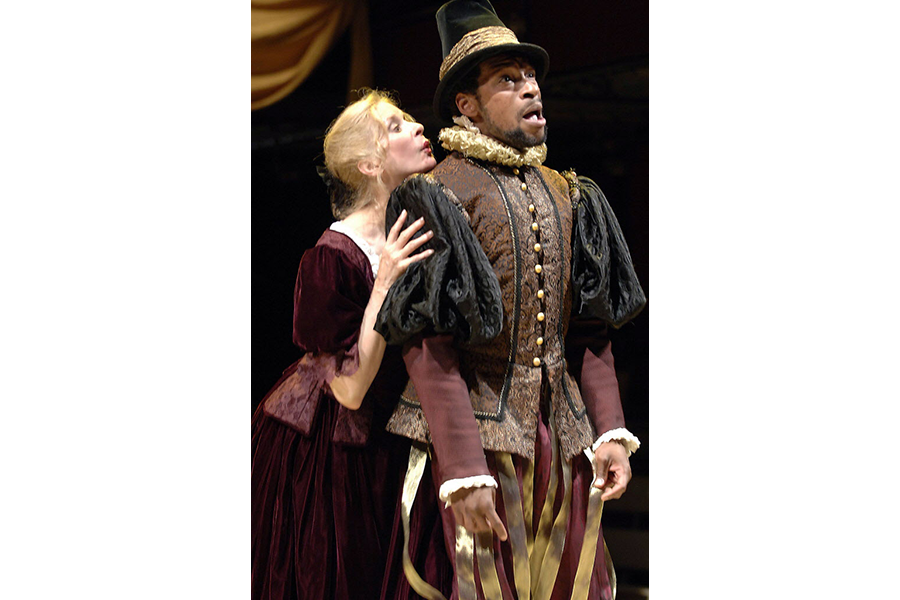When words get ‘girl cooties’
Loading...
In the 1939 film “Gone with the Wind,” Ashley Wilkes, icon of intellectual masculinity, is played by the dashing actor Leslie Howard. Ashley and Leslie are now both girls’ names. Since 2000, all the babies given these names – 100 percent – have been female, according to US government statistics. This is a very quick transition, linguistically speaking, and if history is any guide, one not likely to reverse itself. Once a moniker becomes a “girl’s name,” it tends to be out of the running for boys.
A similar transition goes on, much more slowly, with words. Linguist Geoffrey Hughes calls it “the feminization of ambisexual terms.” (“Ambisexual” simply indicates words that can refer to people of both sexes.) A word that starts out as a neutral or even positive term for men feminizes (becomes exclusively identified with women) and often pejorates (gets worse). Last week’s hoyden is a fairly innocuous example. In the 19th through early 20th centuries, it was a negative term for “tomboy,” but when it first appeared in English in the 16th century, it referred to an ignorant or boorish man.
Scold had perhaps the longest such fall from grace. Skalds were honored Norse poets who composed and recited the sagas, but their etymological descendants are, according to the Oxford English Dictionary, women “of ribald speech ... addicted to abusive language.” Scolding was actually a crime in medieval and early modern England.
This feminization and pejoration occurs again and again with what Mr. Hughes calls “opprobrious terms.” Witch was originally gender-neutral, and before men became sorcerers or wizards, everybody practicing magic was a witch. Shrew, meaning “a rascal or villain,” was used exclusively for men in the Middle Ages – Pontius Pilate was described as a “shrew” – before it came to mean “a woman given to scolding,” as in Shakespeare’s “The Taming of the Shrew.” Harlot was originally a term for a lower-class man, a jester or vagabond, but by the early 16th century referred to a sexually loose woman. As with harlot, the feminization of a word often happens when sexual immorality becomes part of its definition.
The feminization of ambisexual terms seems to me to reflect the logic of cooties. Traditionally, once a word has “girl cooties,” it can’t be used for boys. There is some evidence this is changing, however. A couple of our very worst “opprobrious terms,” which can’t be printed here, began life gendered female but recently have begun to be used equally for men.
And in the past few decades, a few given names appear to have become truly unisex. Charlie and Armani, for example, are split almost 50-50. We will see if the growing questioning of gender binaries allows these names to stay gender-neutral or if the old pattern remains in force.







